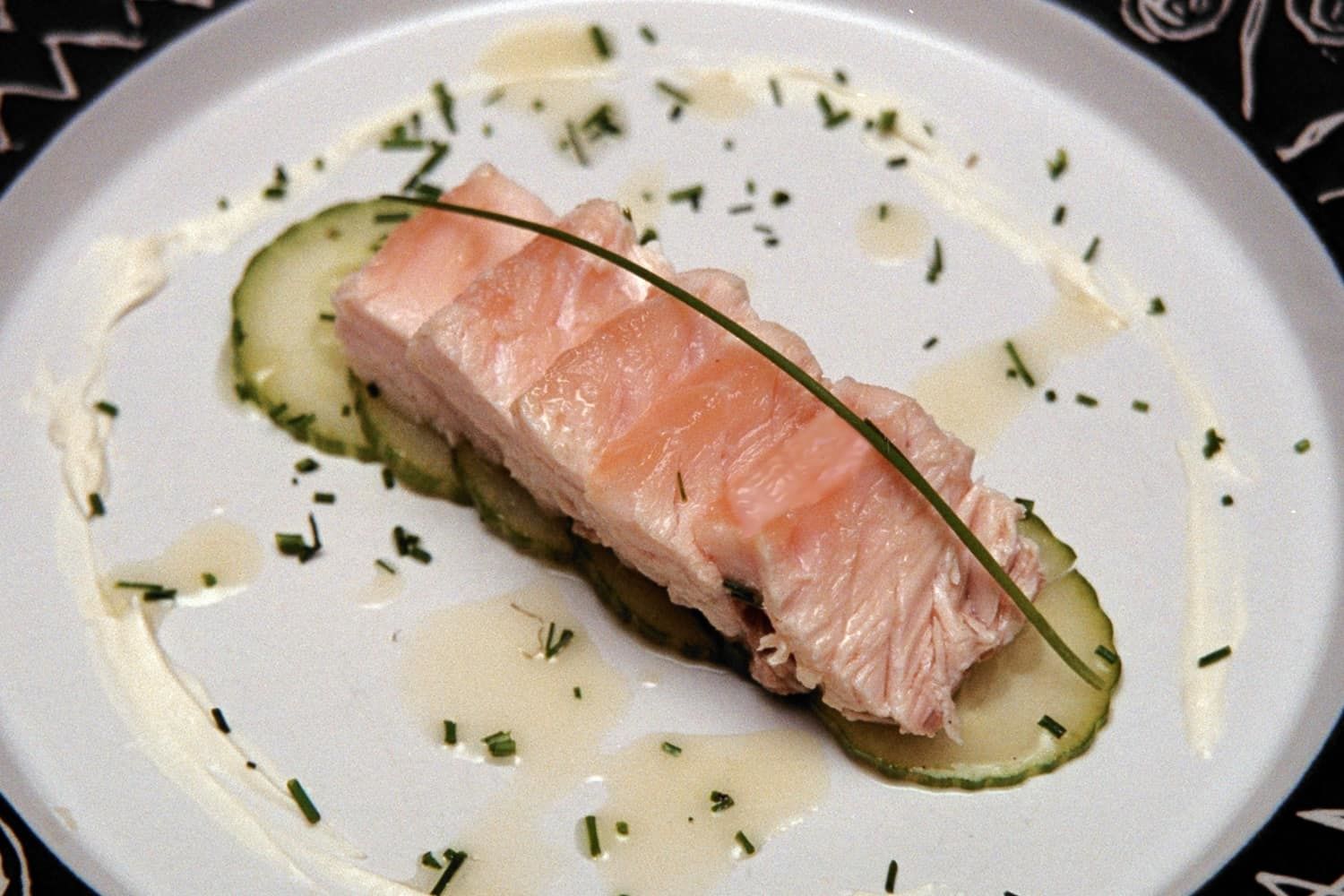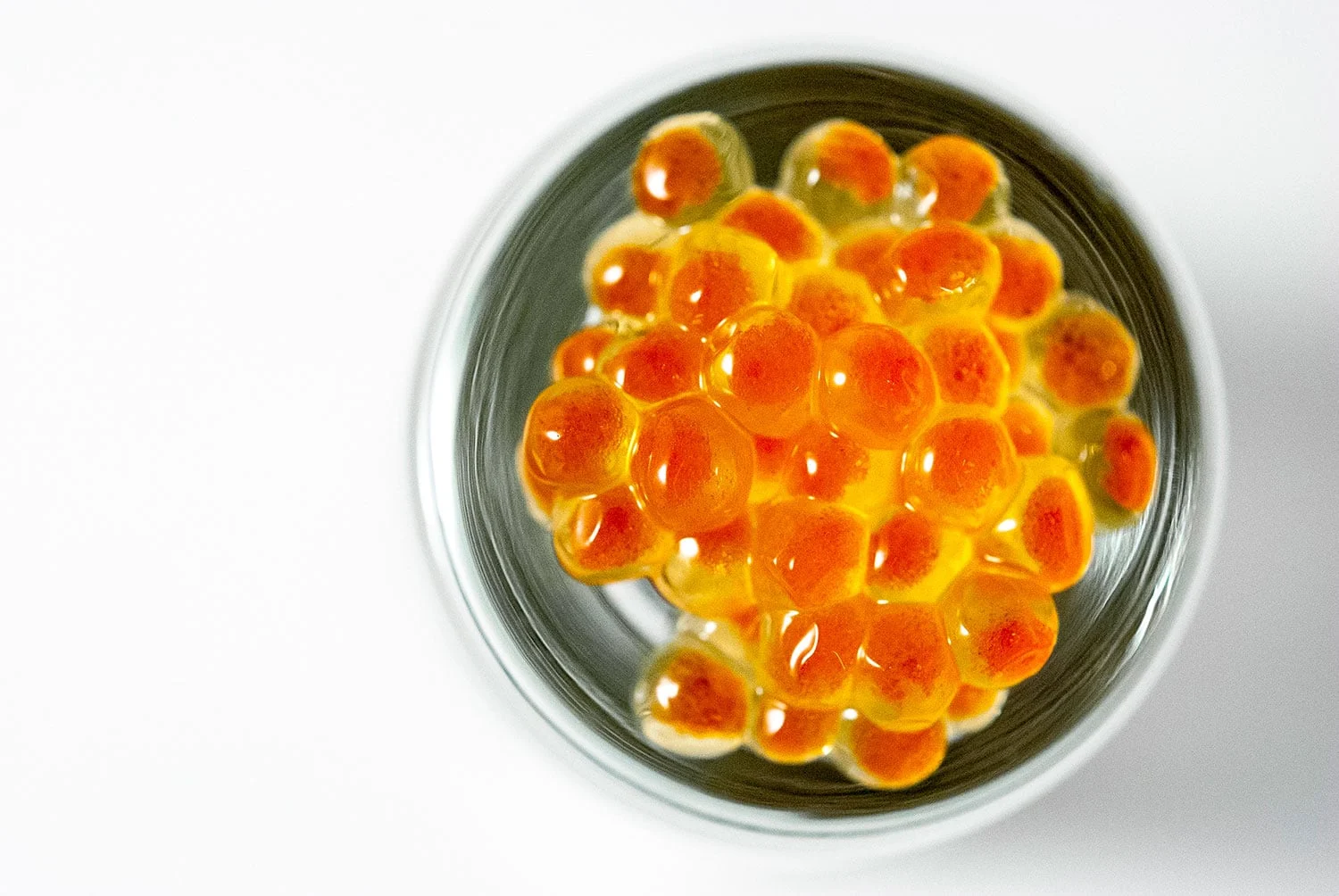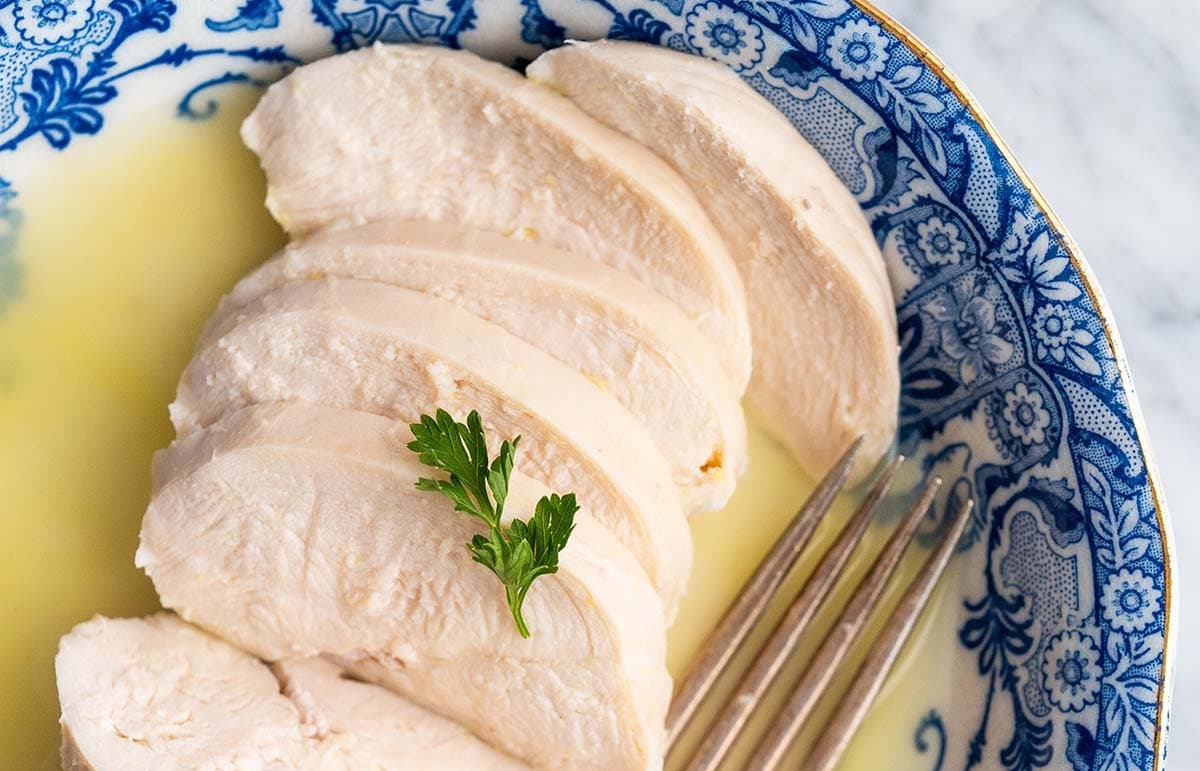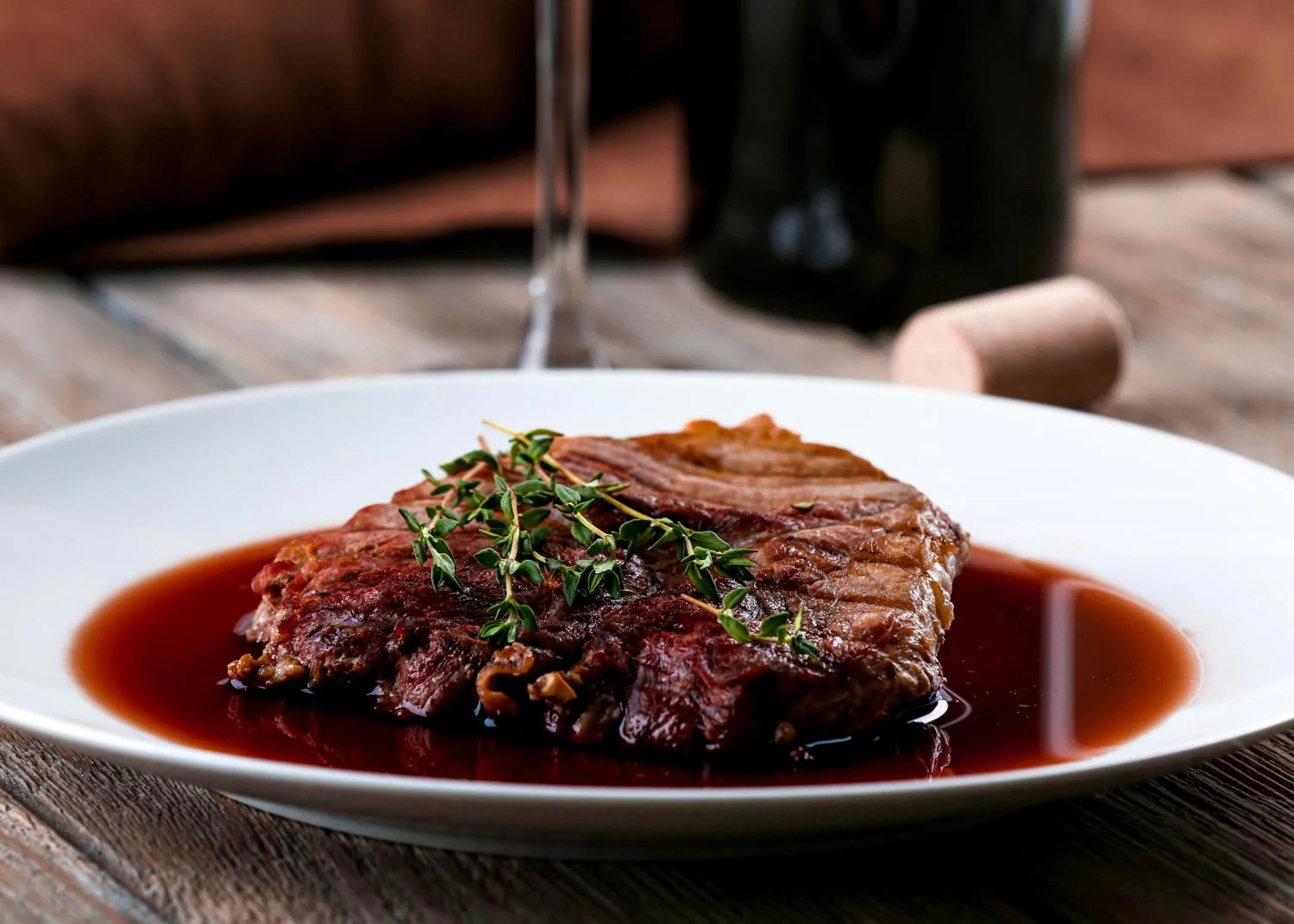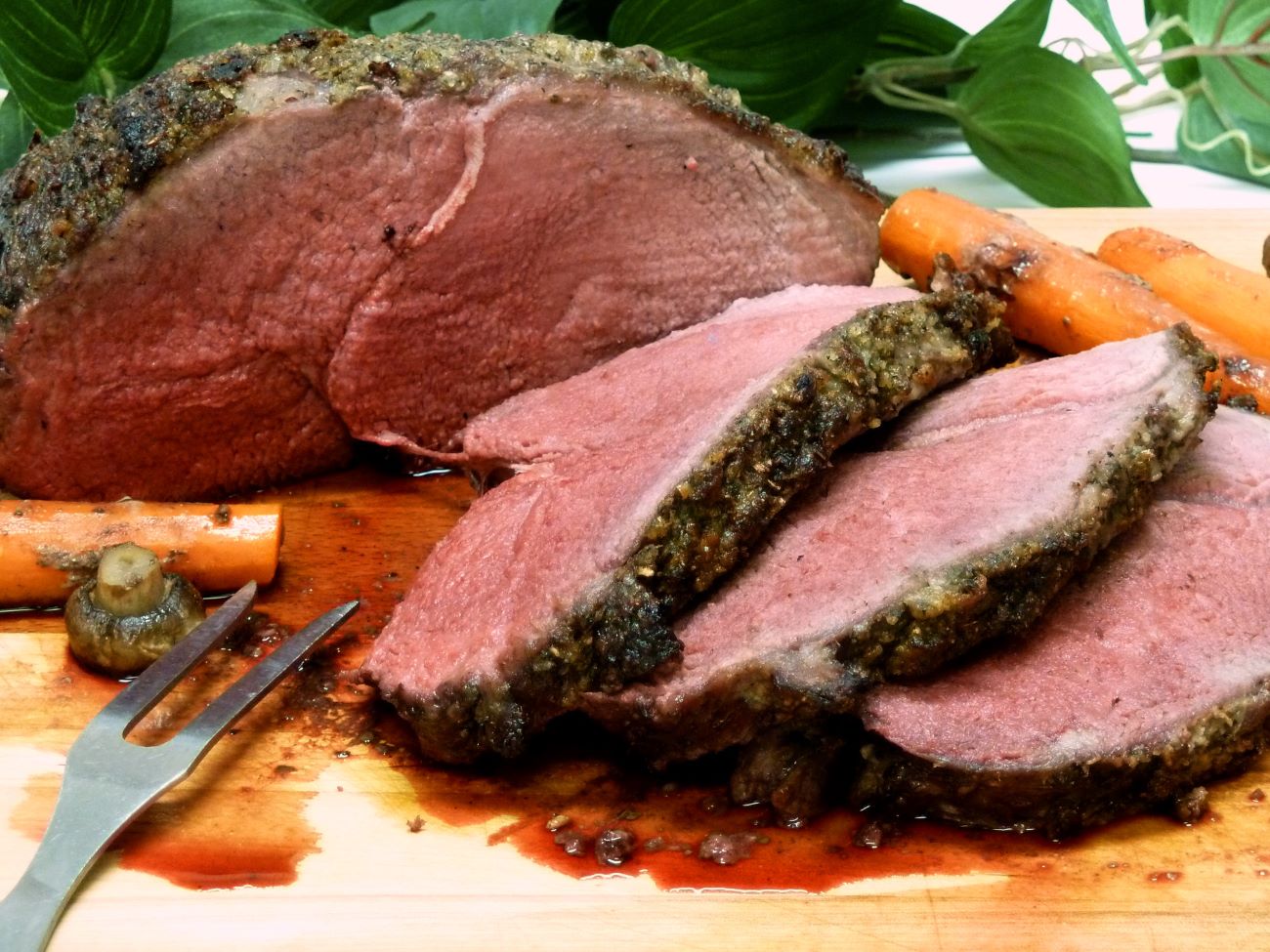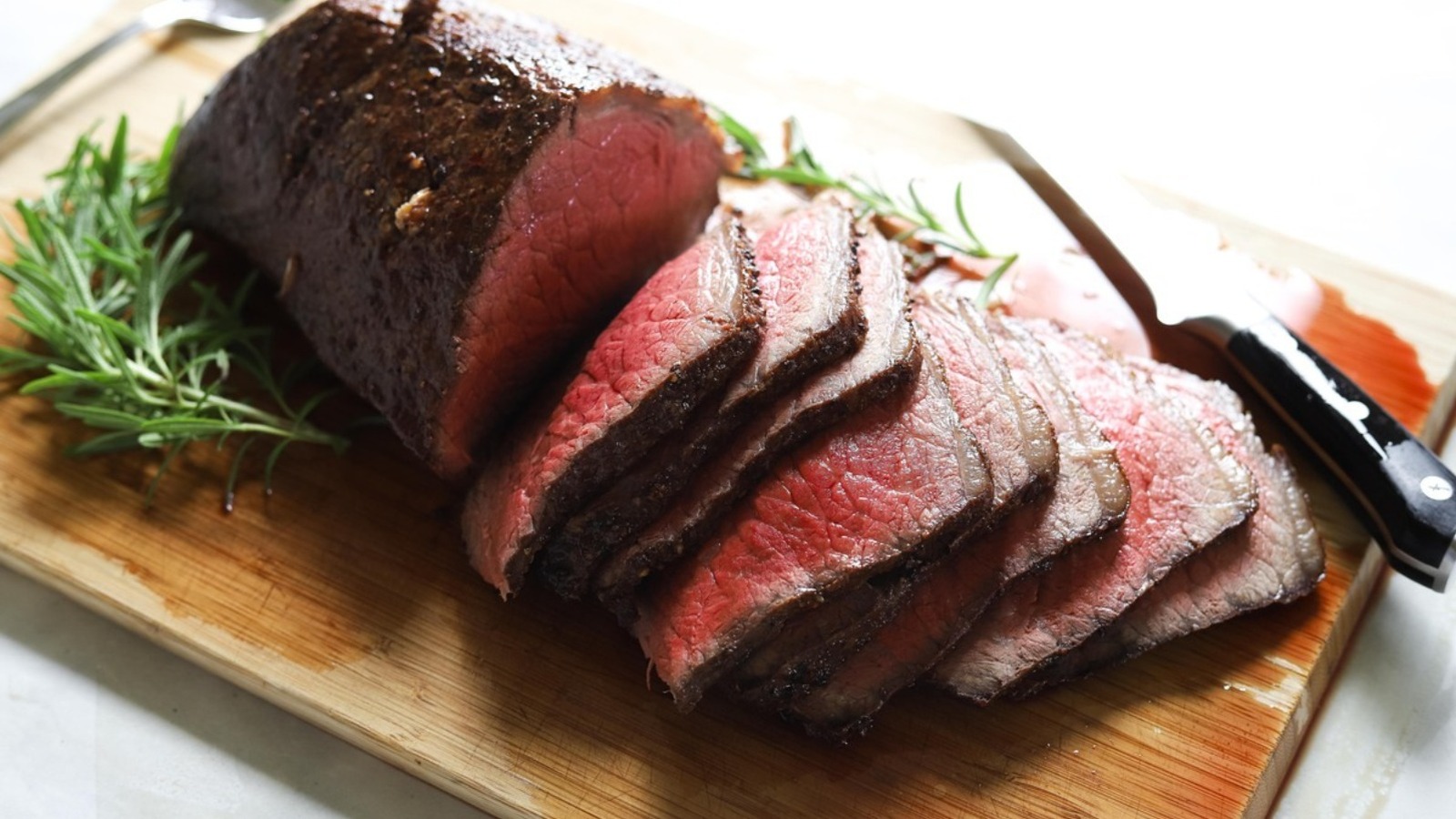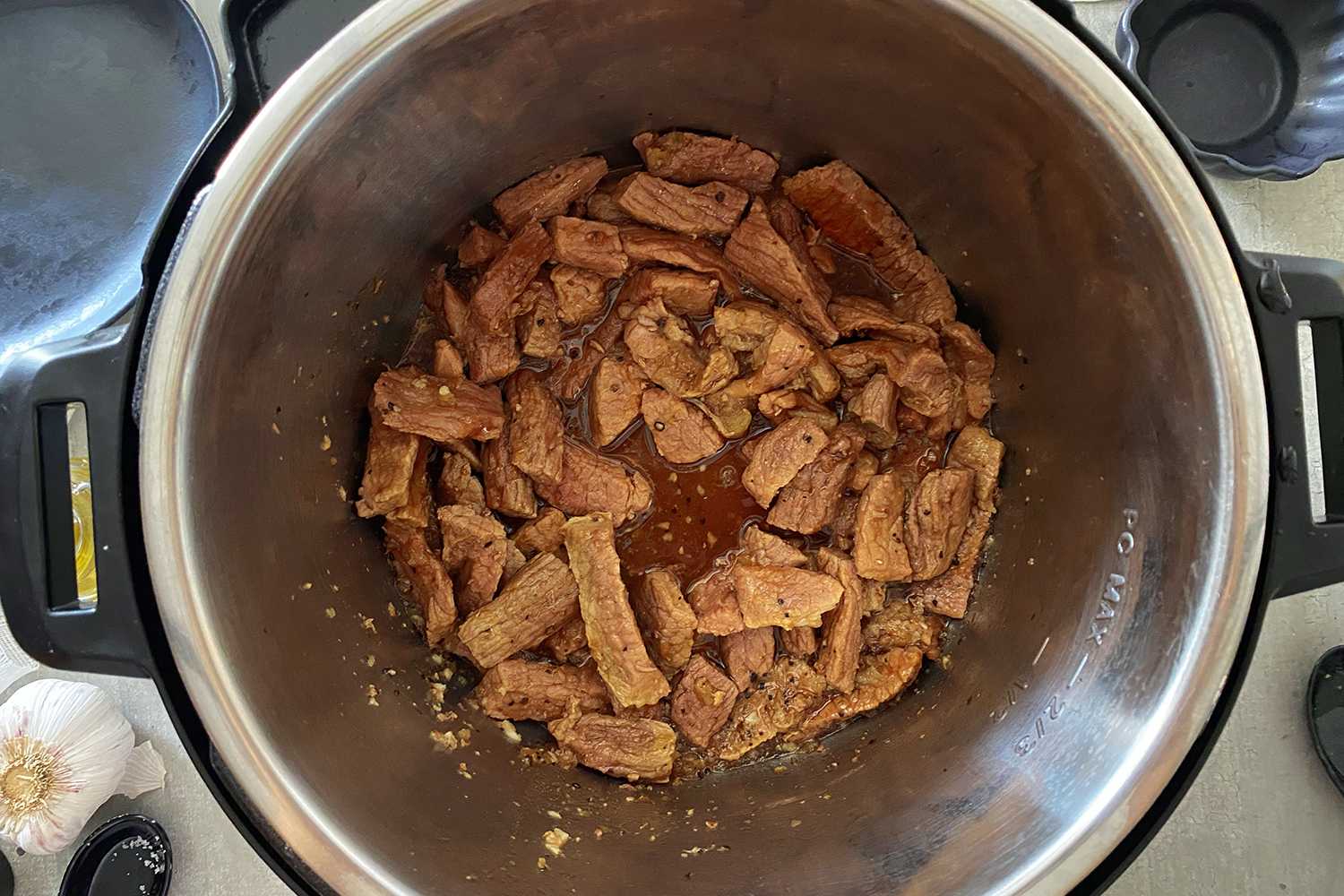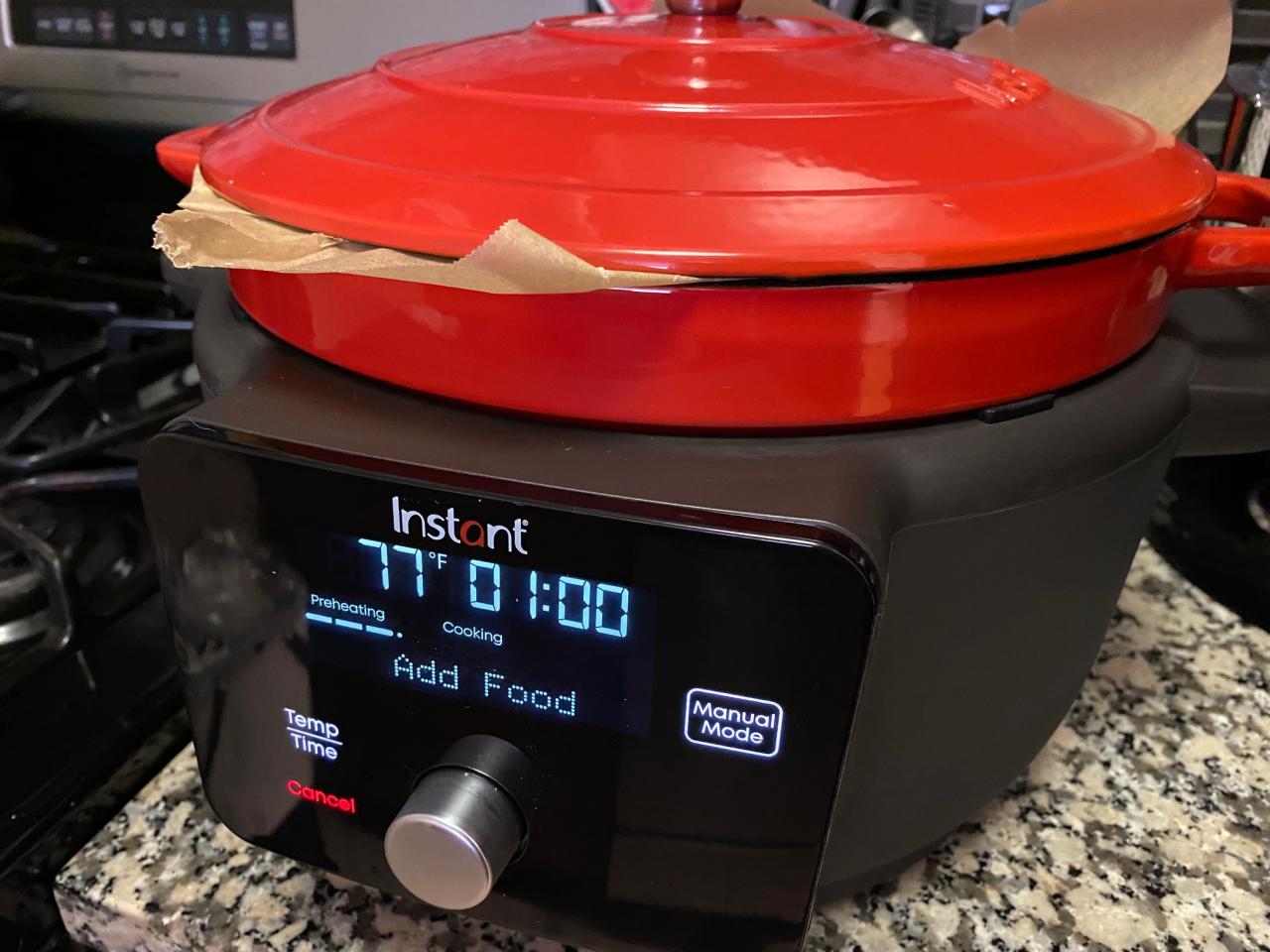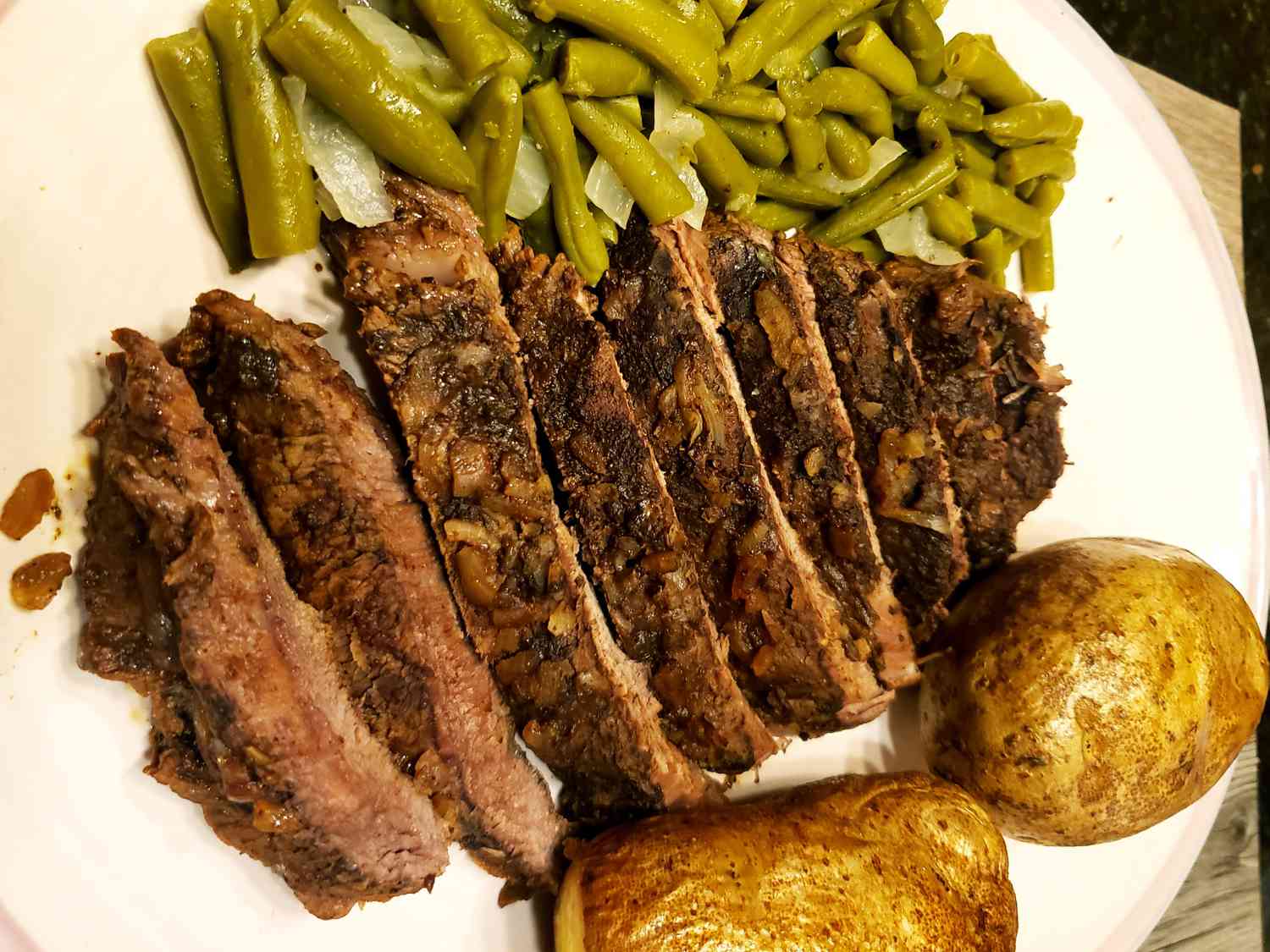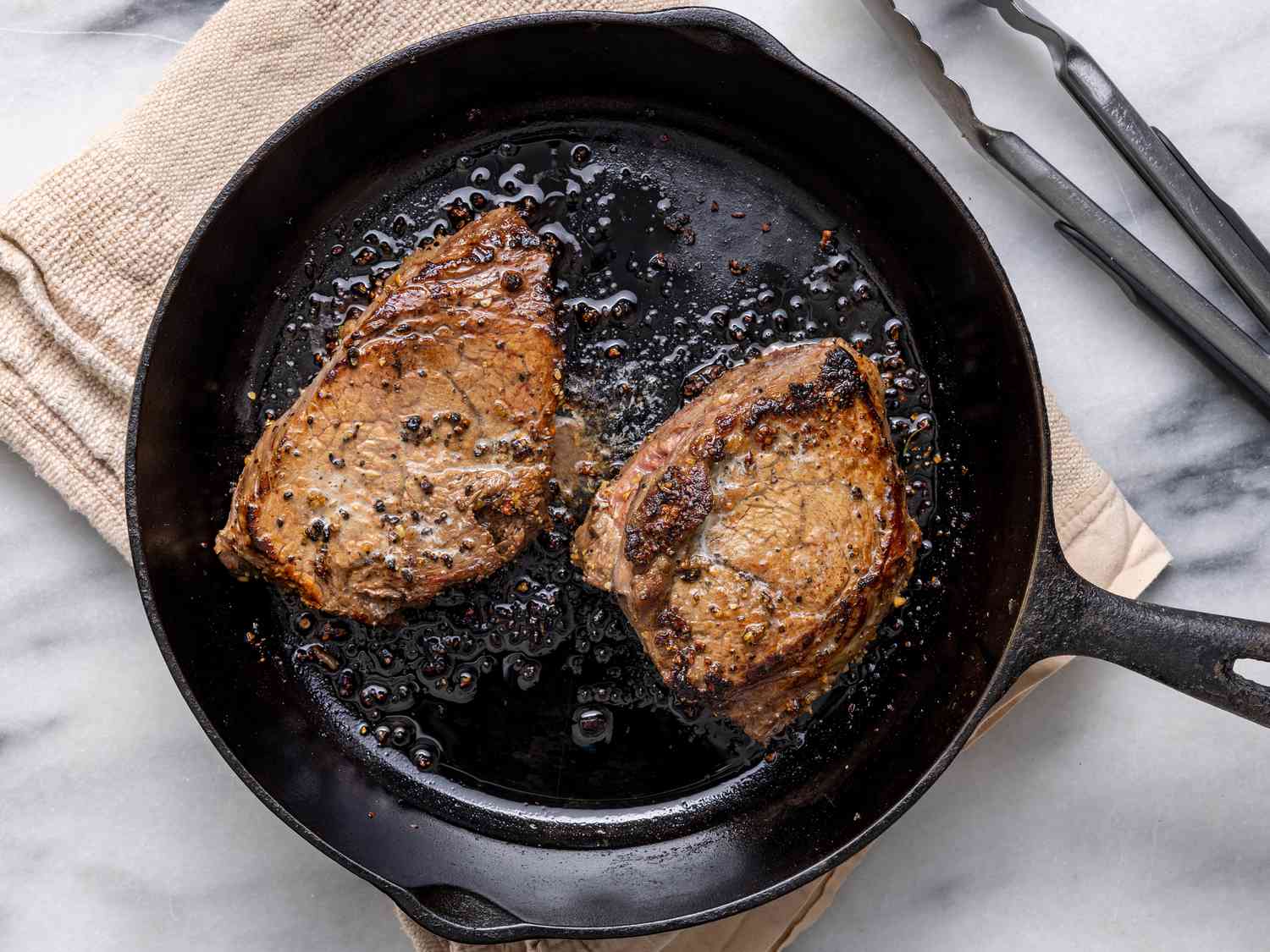Poaching a trout is an art that combines simplicity with elegance, offering a gentle cooking method that preserves the fish's delicate flavor and moist texture. This technique involves submerging the trout in a barely simmering liquid, often a mix of water, wine, and aromatics, allowing it to cook through gently. Ideal for those seeking a healthy, flavorful meal, poaching ensures the trout remains tender and succulent. Whether you're a seasoned chef or new to the kitchen, mastering this method can add a sophisticated touch to your culinary repertoire, making any meal feel special.
Gather Your Ingredients for Poaching a Trout
- Fresh trout, whole or fillets
- Water
- Salt
- White wine or vinegar
- Onion slices
- Carrot slices
- Lemon slices
- Fresh herbs (such as dill, parsley, or thyme)
- Black peppercorns
Essential Tools for Trout Poaching
- Large, deep skillet or saucepan
- Slotted spoon
- Fish spatula
- Measuring cups
- Liquid measuring cup
- Kitchen thermometer
Poaching trout involves simmering in gently boiling water or seasoned broth. Keep temperature low to ensure tender, moist fish. Ideal cooking time varies with thickness, usually 4-8 minutes.
The Art of Poaching Trout: Why It Matters
Poaching trout is a gentle cooking method that preserves its delicate flavor and moist texture. This technique involves simmering the fish in a liquid, typically a mix of water, wine, and aromatics, at a low temperature. It's a healthy way to prepare trout, as it requires minimal added fat.
Choosing to poach trout not only enhances its natural taste but also ensures the fish remains tender and succulent. This method allows for the infusion of flavors from herbs and spices into the trout, making it a versatile dish that can be adapted to suit various taste preferences.
Your Step-by-Step Guide to Poaching a Trout
How To Poach A Trout
-
Prepare Your Ingredients
- Gather fresh trout, enough water to cover the fish in a pan, salt, and aromatics like lemon slices, herbs (dill, parsley), and spices (peppercorns, bay leaves).
-
Select the Right Pan
- Choose a pan or skillet large enough so the trout can lie flat. Ensure it has a lid.
-
Combine Water and Aromatics
- Fill the pan with cold water. Add salt (1 tablespoon per quart of water) and your chosen aromatics. This flavorful liquid is crucial for imparting subtle flavors to the trout.
-
Bring to a Simmer
- Place the pan on the stove and slowly heat until it's just simmering. Avoid boiling as high heat can toughen the fish.
-
Add the Trout
- Carefully lower the trout into the simmering water. If necessary, add more water so the fish is completely submerged.
-
Poach the Trout
- Cover the pan with its lid. Keep the water at a gentle simmer. Cooking times vary based on the trout's size, but generally, it takes about 5-10 minutes per inch of thickness.
-
Check for Doneness
- Trout is done when its flesh turns opaque and flakes easily with a fork. An instant-read thermometer inserted into the thickest part should read 145°F.
-
Remove and Serve
- Using a slotted spoon or spatula, gently lift the trout from the water. Let any excess liquid drain off. Serve immediately, perhaps with a drizzle of olive oil or a squeeze of lemon juice for added flavor.
Tips for Success
- Freshness Matters: Fresh trout is key for the best flavor and texture.
- Keep it Gentle: Maintain a gentle simmer to ensure the trout cooks evenly without falling apart.
- Experiment with Aromatics: Feel free to try different combinations of herbs and spices to find your favorite flavor profile.
- Serving Suggestions: Poached trout pairs well with light sides such as steamed vegetables, rice, or a simple salad.
Mastering the Art of Trout Poaching
Poaching trout is a skill that elevates simple ingredients into a delicate and flavorful dish. Remember, patience and attention to detail are your best friends in this culinary adventure. Start with fresh trout, ensuring it's properly cleaned and prepared. Choose a poaching liquid that complements the fish's natural flavors—white wine, herbs, and aromatics bring out the best in trout. Keep the poaching temperature low and steady; this gentle cooking method preserves the fish's tender texture and subtle taste. Serve your perfectly poached trout with a side of vegetables or a light salad for a balanced meal. With practice, poaching trout will become a go-to technique in your cooking repertoire, impressing guests and satisfying your palate with its refined simplicity.
For those eager to master the art of poaching trout, there are several recipes that stand out and are worth trying. Begin your culinary journey with Lemon Herb Poached Trout, a refreshing and zesty dish that's perfect for a light meal. If you're in the mood for something more aromatic, Dill and White Wine Poached Trout offers a delicate balance of flavors. For a richer, more indulgent option, Poached Trout with Garlic Butter Sauce will satisfy your taste buds with its creamy and savory profile. Meanwhile, Poached Trout with Fresh Herbs and Lemon is an excellent choice for those who appreciate the natural flavors of fresh ingredients. Each of these recipes brings something unique to the table and will help you hone your poaching skills while enjoying delicious, gourmet meals.
All Your Questions About Poaching Trout Answered
How long does it take to poach a trout?
Poaching a trout typically takes about 10 to 15 minutes, depending on the size of the fish. You're aiming for that sweet spot where the flesh is tender and flaky, without overcooking.
What's the best liquid to use for poaching trout?
Water works fine, but for an extra flavor kick, try using a court bouillon, a fancy French term for a flavorful poaching liquid made with water, wine, vinegar, and aromatics like onions, carrots, and herbs. This concoction turns a simple dish into a gourmet experience.
Can I poach a trout in milk?
Absolutely! Poaching trout in milk is an old-school technique that yields a beautifully delicate, creamy texture. Just keep your heat low to avoid curdling the milk, and you're golden.
Is it necessary to season the trout before poaching?
While not strictly necessary, seasoning the trout with a bit of salt and pepper before poaching can enhance its natural flavors. Think of it as giving your fish a little pep talk before its warm bath.
How do I know when the trout is perfectly poached?
The trout is done when its flesh is opaque and flakes easily with a fork. If you see the meat pulling away from the bones, that's your cue. No guesswork needed.
Can I poach a trout ahead of time?
Sure thing! Poached trout can be made ahead and either served cold or gently reheated. It's a real lifesaver for dinner parties or making your weeknight dinners a breeze.
What's the best way to serve poached trout?
Poached trout shines with simple accompaniments. A drizzle of good olive oil, a squeeze of fresh lemon, and a sprinkle of fresh herbs like dill or parsley keep things light and refreshing. Or, go for a classic caper sauce for a bit of tangy contrast.

